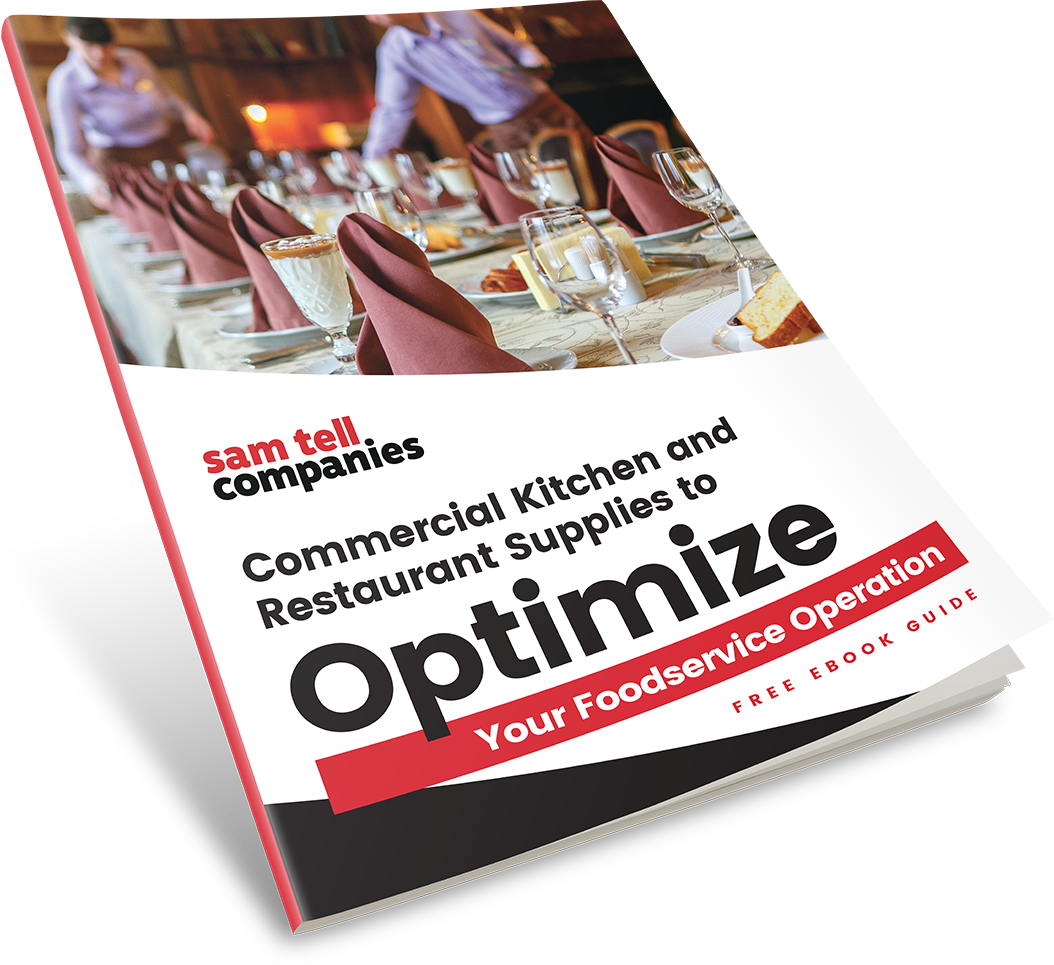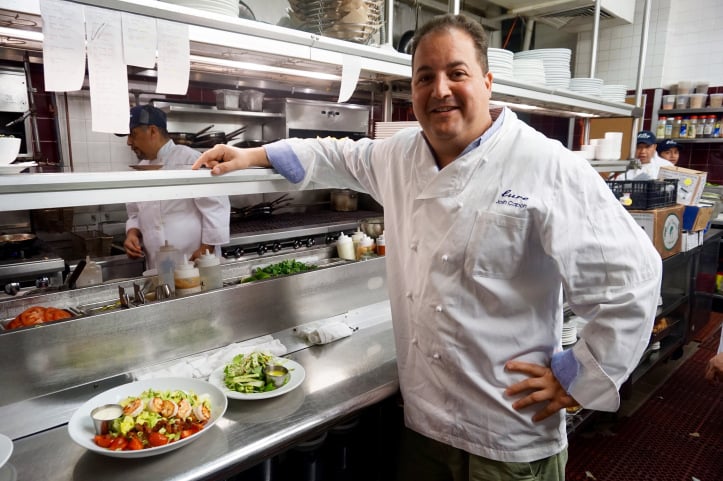Running a restaurant means taking on a variety of responsibilities. Providing delicious meals to patrons, maintaining the safety and quality of those meals, keeping an efficient kitchen, and managing staff are just some of the tasks required on a daily basis. Consequently, any piece of equipment that can make this demanding job easier is an invaluable asset to the kitchen.
The blast chiller is one such item. In addition to its usefulness in effectively maintaining the safety of cooked foods, these can also be leveraged to maximize production and efficiency, with advantages that even extend into staff organization.
What is a blast chiller?
A blast chiller is a commercial refrigeration unit that brings down the temperature of food at an accelerated rate as compared to typical refrigerators and freezers, thus minimizing the growth of bacteria and better preserving the quality of the food.
Foods cooked in a restaurant kitchen aren’t always served right away. As any chef knows, some must be stored for later use. But first—it must be cooled! One of the leading benefits of a blast chiller is its ability to rapidly bring down the temperature of cooked foods into safe ranges to prevent bacterial growth and prepare them for proper cold storage. Bacteria experiences the fastest growth between 40ºF and 140ºF, often referred to as the “Danger Zone.” To diminish opportunities for developing bacteria and endangering the health of patrons, the U.S. Food & Drug Administration (FDA) sets specific outlines for how quickly cooked foods must be cooled and brought out of this temperature range.
The most recent updates to the FDA’s Food Code in 2017 (Chapter 3 - 501.14) dictates foods must be brought from 135ºF to 70ºF within two hours.
This rate of cooling can be achieved through a number of more labor-intensive means, but blast chillers are specifically designed to meet this requirement, and often faster, with little effort from kitchen staff.
In addition to its safety contributions, the benefits of a blast chiller can be leveraged to maximize the kitchen’s general operations, too.
Bacteria is not the only growth chefs should worry about. Another is ice crystals, which damage the food on a cellular level the larger they grow. The more exposure food sustains, the more its texture and flavor suffers. A blast chiller freezes the ingredients faster, limiting ice formation. Ingredients can therefore be bought fresh, with unused portions stored away without sacrificing quality.
This improves a restaurant’s ability to buy in bulk, which maximizes the cost effectiveness of provisions. Such freshness retention also means chefs and their teams can prepare larger quantities of pre-made dishes at once, knowing they will come out of cold storage with the same great flavor as when they went in. Planning bulk preparation ahead can even give managers greater flexibility in scheduling, as there may be less need for staff members in the kitchen continuously if certain foods can be prepared in bulk at greater intervals.
Regardless of who’s in the kitchen, blast chillers also yield some important time-saving benefits for chefs and their teams. As aforementioned, there are manual ways of quickly reducing a dish’s temperature to a safe range within an allotted time frame. Such techniques include soaking the food in an ice water bath or separating portions into smaller containers. While effective, these methods require significant effort and attention from staff—resources that could be applied to other kitchen activities.
With a blast chiller, crews can quickly set foods into the chamber and be confident they will be brought down to the proper temperature in the right amount of time, at which point they can be moved into a conventional refrigerator or freezer.








